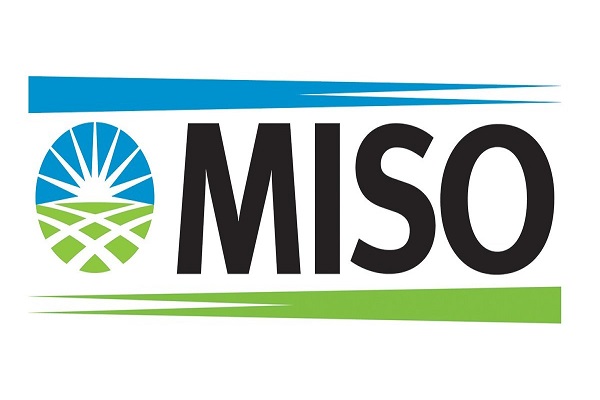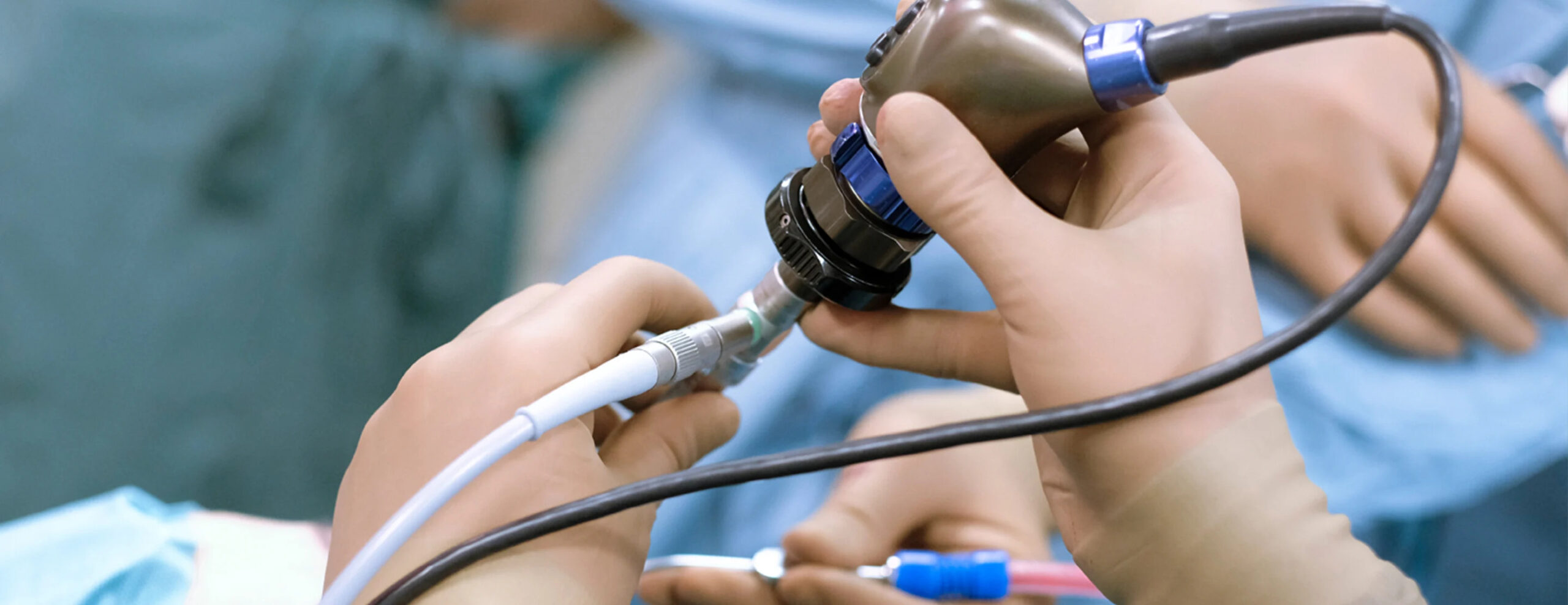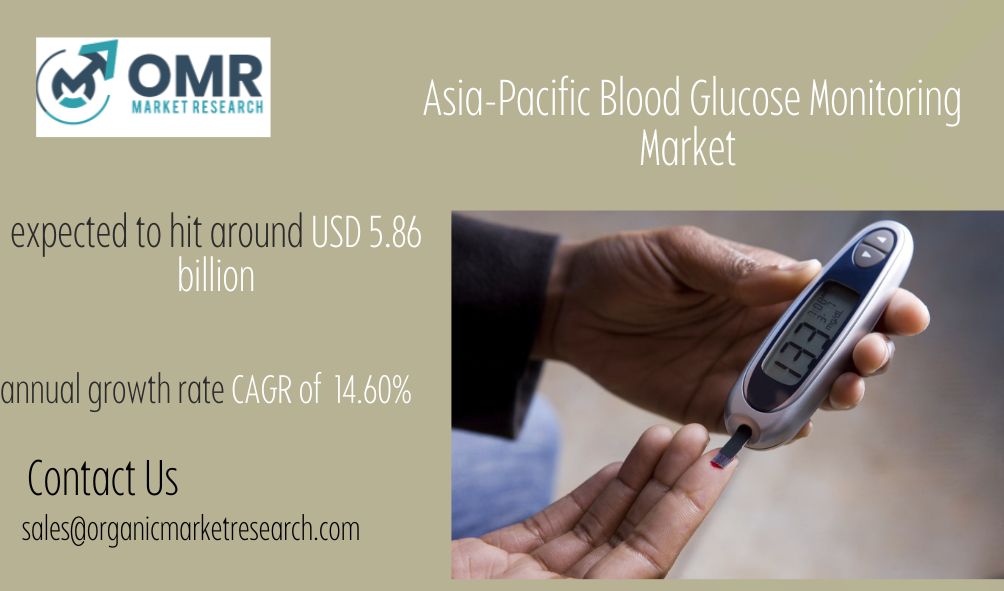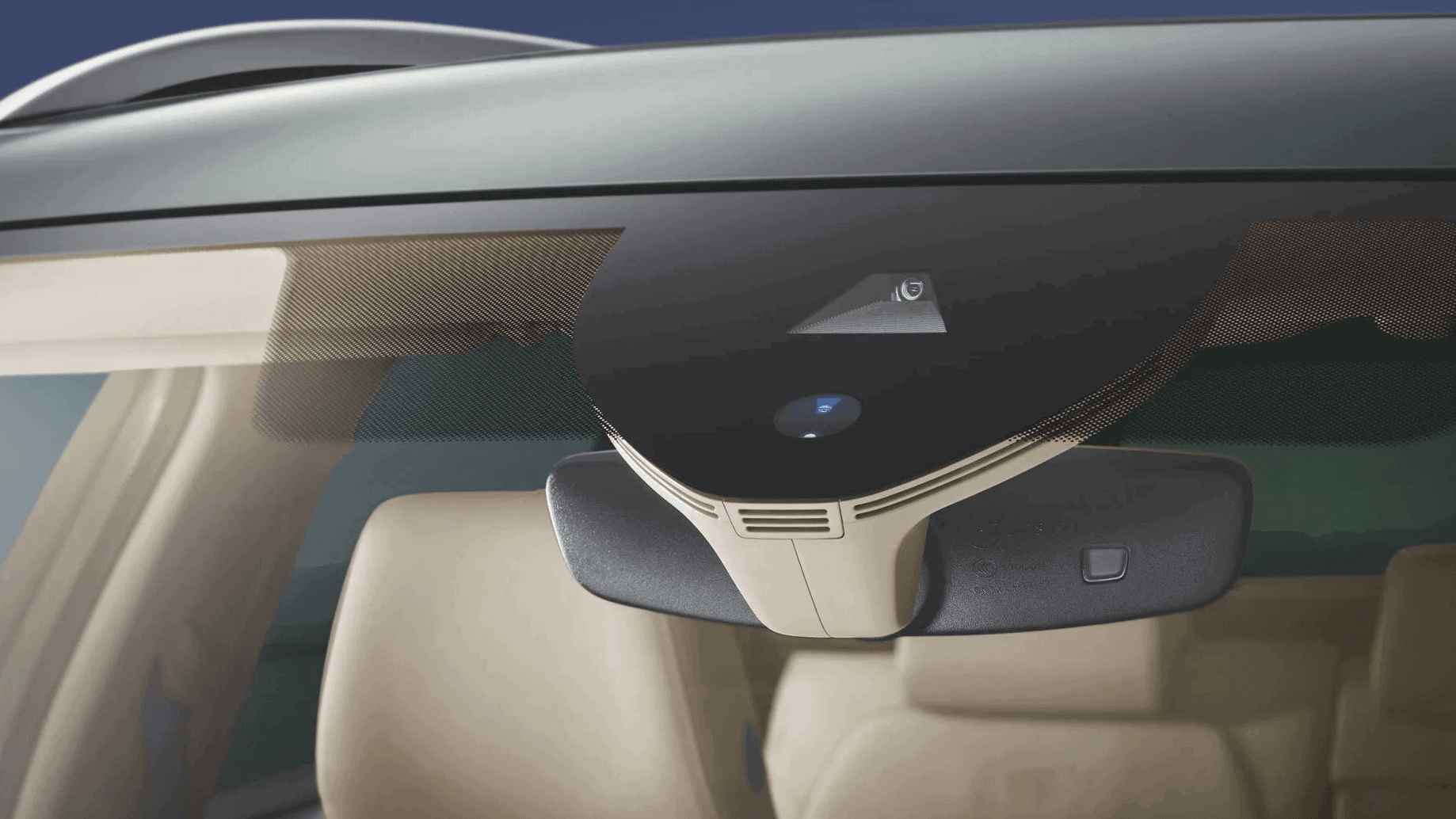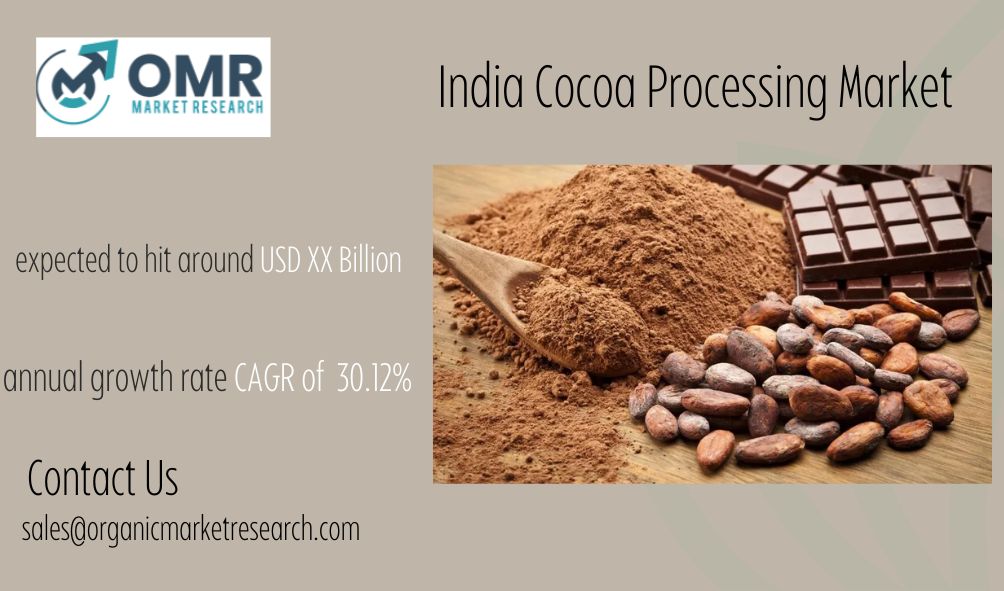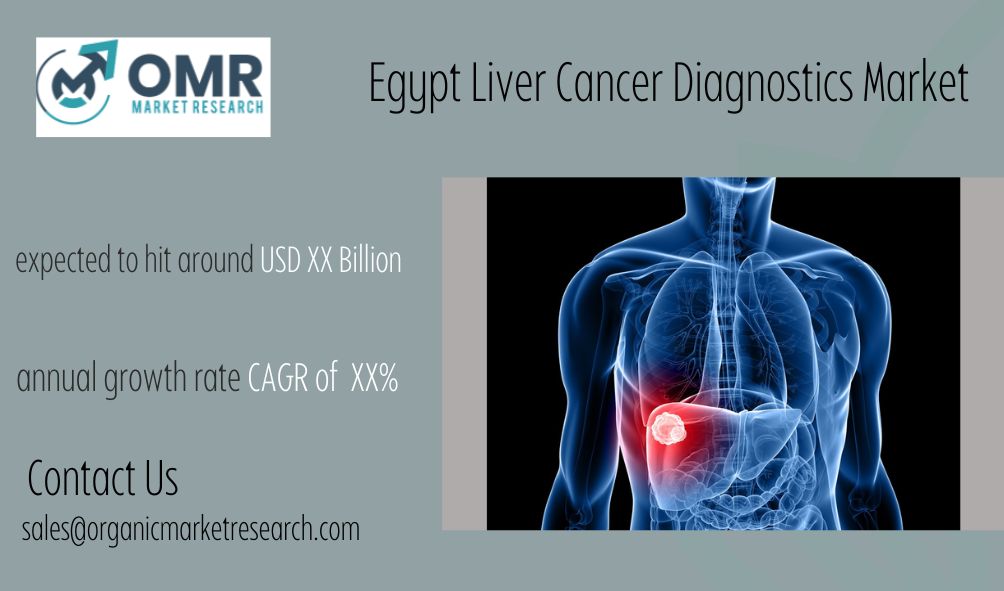Asia-Pacific Blood Glucose Monitoring Market size was USD 1.72 billion in 2023 and the market is projected to touch USD 5.86 billion by 2032, at a CAGR of 14.60 % during the forecast period. Blood Glucose Monitoring market refers to devices that help measure glucose levels in the blood, essential for managing conditions such as diabetes. These devices enable patients to monitor their blood sugar levels consistently. The market offers a range of products like blood glucose meters, test strips, lancets, and continuous glucose monitoring systems. As diabetes becomes more prevalent in the Asia-Pacific region due to lifestyle changes and aging populations, the need for blood glucose monitoring devices is on the rise.
The blood glucose monitoring market in the Asia-Pacific region is experiencing strong growth due to factors such as growing awareness about managing diabetes, technological advancements in monitoring devices, and the increasing use of home-based glucose monitoring solutions. Governments and healthcare organizations in the area are also promoting early detection and effective management of diabetes, contributing to the market’s growth. Even with obstacles like the expensive advanced monitoring tools and lack of healthcare access in remote regions, the Asia-Pacific Blood Glucose Monitoring market is expected to experience significant growth.
Asia-Pacific Blood Glucose Monitoring report scope and segmentation.
Asia-Pacific Blood Glucose Monitoring dynamics
The growth of the Asia-Pacific Blood Glucose Monitoring market is influenced by various factors. One significant factor is the rising number of diabetes cases in the region due to sedentary lifestyles, poor diets, and an aging population. The increased prevalence of diabetes has led to a higher demand for blood glucose monitoring devices since managing the condition requires regular monitoring of blood sugar levels. Furthermore, government initiatives and healthcare organizations are conducting awareness programs and screenings to promote early detection and management of diabetes, driving up the need for monitoring devices.
Technology plays a big part in how blood sugar levels are monitored in the Asia-Pacific region. Continuous improvements in monitoring devices, like smaller and more portable meters, as well as the use of smart technology for data management and analysis, make it easier and more accurate for users. Additionally, continuous glucose monitoring systems that give real-time readings and insights are changing the way diabetes is managed, allowing patients and healthcare providers to make quick changes to treatment plans. Even with obstacles like the high expenses of advanced monitoring tools and the requirement for improving healthcare infrastructure in rural regions, the Asia-Pacific Blood Glucose Monitoring market continues to show vitality.
Asia-Pacific Blood Glucose Monitoring drivers
Rising Prevalence of Diabetes
The increasing number of people with diabetes in the Asia-Pacific area is a key factor driving the demand for blood glucose monitoring devices. Inactive lifestyles, poor eating habits, and an aging population all play a role in the rising prevalence of diabetes. With more and more people being diagnosed with diabetes, there is a greater need for devices to help manage the condition. This trend leads to a steady demand for devices like blood glucose meters, test strips, and continuous glucose monitoring systems.
Government Initiatives and Healthcare Policies
Government efforts and healthcare policies in the Asia-Pacific region are playing a key role in driving the demand for blood glucose monitoring. Many countries are taking action to increase early detection, improve healthcare access, and support diabetes management. These efforts include funding for screenings, subsidies for medical devices, and educational campaigns to raise awareness about the importance of monitoring blood glucose levels. Governments can boost market growth by offering financial incentives and creating a supportive regulatory environment for patients and healthcare providers to adopt blood glucose monitoring devices.
- Restraints:
High Costs Associated with Advanced Devices
The main obstacle for the blood glucose monitoring market in the Asia-Pacific region is the expensive advanced monitoring devices. This makes it difficult for many patients to access continuous glucose monitoring systems and other high-tech devices. The cost of these devices is a major worry, especially for low-income populations with limited access to healthcare resources.
Limited Healthcare Infrastructure in Rural Areas
In rural areas, there is a lack of healthcare infrastructure which is holding back market growth. Many parts of the Asia-Pacific region, especially in rural and remote locations, struggle with a shortage of healthcare facilities and limited availability of medical professionals and diagnostic services. This lack of resources makes it difficult for people to access and use blood glucose monitoring devices, as well as receive the necessary healthcare support.
- Opportunities:
Expansion of Telemedicine and Digital Health Solutions
The growth of telemedicine and digital health solutions is creating exciting possibilities for the blood glucose monitoring market. As more people utilize telemedicine platforms and health apps, there is an opportunity to incorporate blood glucose monitoring features, allowing for the remote monitoring and management of diabetes. This opens up new opportunities for market expansion and improves access to monitoring devices for patients in underserved areas.
- Segment Overview
By Distribution Channels, Blood glucose monitoring is segmented into online and retail channels. Online distribution channels like e-commerce platforms and online pharmacies make it easy for consumers to find a variety of monitoring devices. Meanwhile, retail distribution channels such as brick-and-mortar pharmacies, medical supply stores, and healthcare facilities provide face-to-face assistance for patients looking for blood glucose monitoring solutions.
By End Users, the market is segmented into two main end user’s hospitals and clinics, and home and personal users. Hospitals and clinics use blood glucose monitoring devices to diagnose and manage diabetes in a clinical setting, sometimes as part of routine patient care or specialized treatment programs. These devices are also relied upon by home users for self-monitoring and managing their blood sugar levels outside of healthcare facilities. This allows them to keep track of their condition and make informed decisions about their diet, medication, and lifestyle.
Asia-Pacific Blood Glucose Monitoring Overview by Country
Countries such as China, India, and Japan are seeing a notable increase in diabetes cases caused by urbanization, sedentary lifestyles, and dietary habits. These nations are actively investing in healthcare infrastructure and adopting policies to encourage early detection and successful management of diabetes, leading to a higher demand for blood glucose monitoring devices. Also, the use of cutting-edge technologies like continuous glucose monitoring systems and telemedicine services is making monitoring services more widely available in cities and countryside alike. The Asia-Pacific region offers promising prospects for companies producing and selling blood glucose monitoring devices, due to supportive regulations, rising healthcare spending, and a larger population looking for new and cost-effective ways to manage diabetes.
Asia-Pacific Blood Glucose Monitoring market competitive landscape
Established multinational companies such as Roche Diagnostics, Abbott Laboratories, and Medtronic dominate the market with their extensive product portfolios, technological advancements, and strong distribution networks. These companies invest heavily in research and development to innovate new monitoring solutions, enhance product performance, and improve user experience. Additionally, they often engage in strategic collaborations, partnerships, and mergers and acquisitions to expand their market presence and gain a competitive edge. Along with these industry giants, a number of regional players and emerging start-ups also contribute to the competitive landscape by offering specialized products, catering to niche markets, and providing competitive pricing strategies.
Asia-Pacific Blood Glucose Monitoring Recent Developments
- Feb 2023, the Dexcom G6 Continuous Glucose Monitoring System debuted in Singapore, featuring customizable alerts that can notify users up to 20 minutes before a critical hypoglycaemic event to mitigate risky low and high blood sugar episodes.
- Mar 2022, Quantum Operation Inc., a Tokyo-headquartered healthcare IoT start-up, showcased the world’s inaugural non-invasive glucose monitor capable of continuous measurement, which gauges blood sugar levels directly from the wrist without requiring any pricks.
Scope of Asia-Pacific Blood Glucose Monitoring report
In case you don’t find what, you are looking for, please get in touch with our custom research team at
Latest Report
https://organicmarketresearch.com/global-steel-sheet-piling-market
https://organicmarketresearch.com/global-metallic-powder-coatings-market
https://organicmarketresearch.com/asia-pacific-stationery-products-market
https://organicmarketresearch.com/north-america-amino-acids-market
Contact Us
+91 9319642100
sales@organicmarketresearch.com
Noida One Tower Sec 62 Noida 201301
Website: https://organicmarketresearch.com



